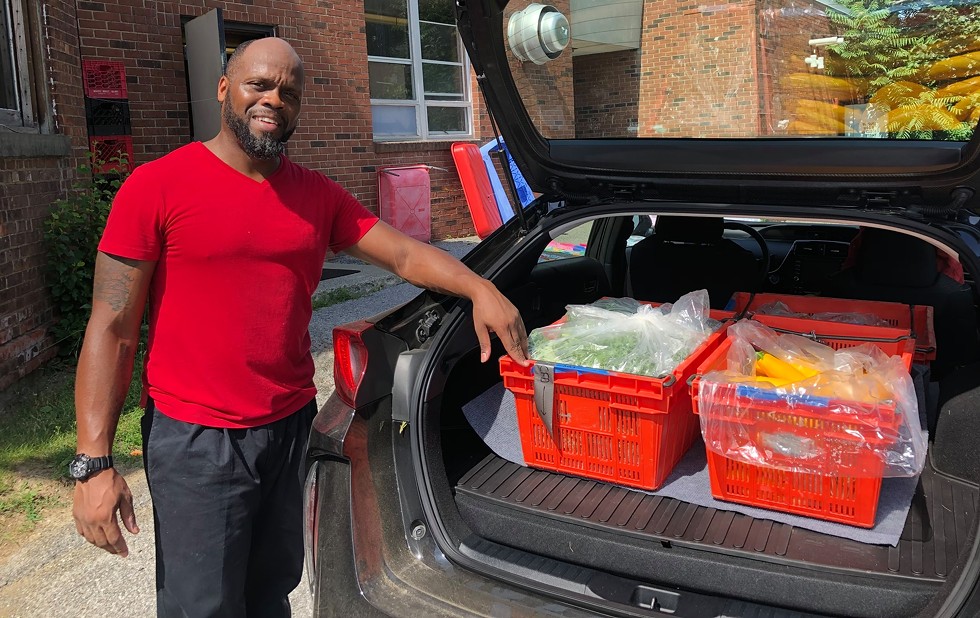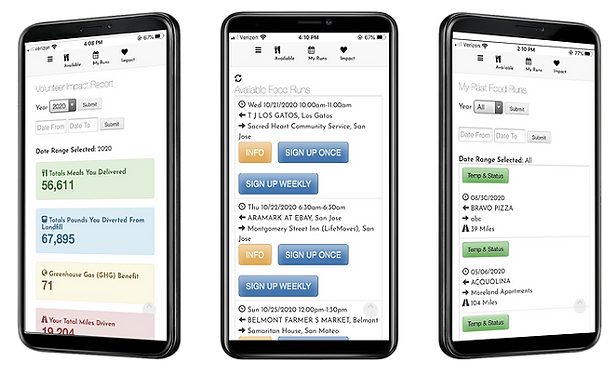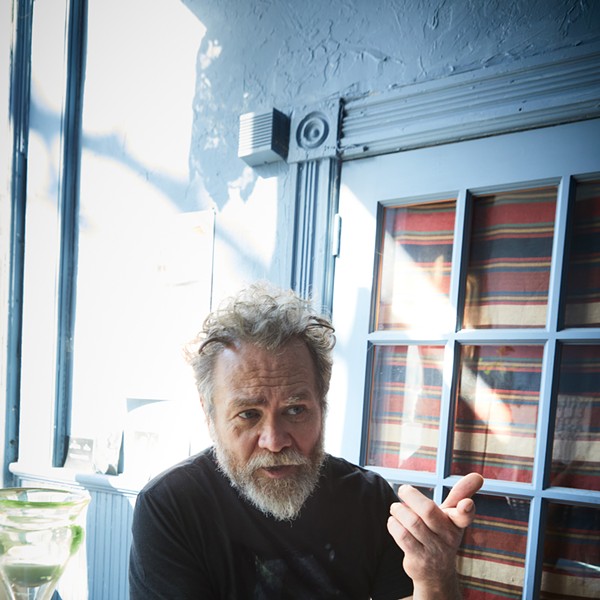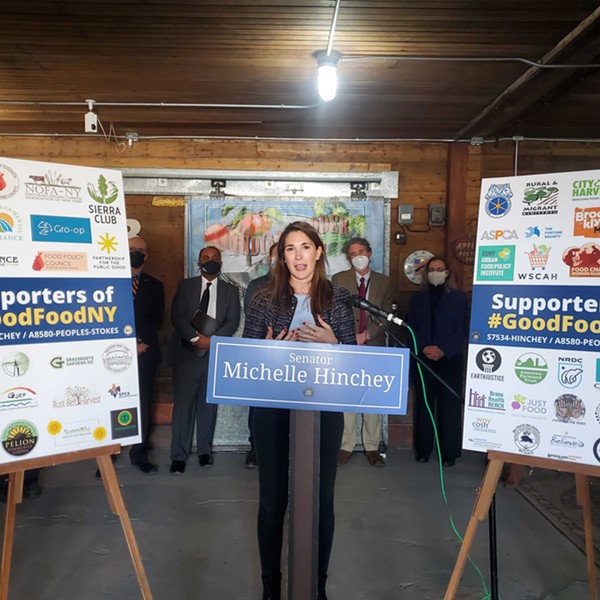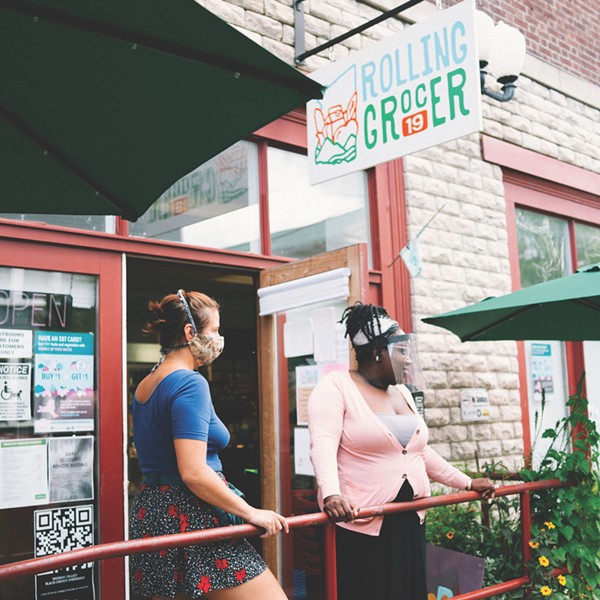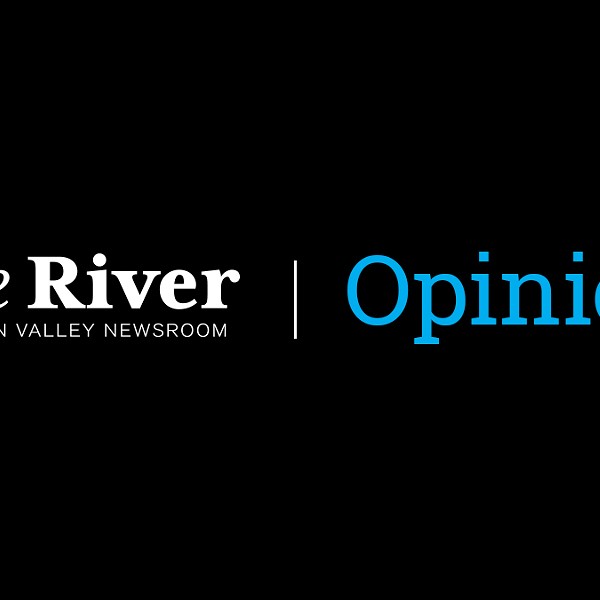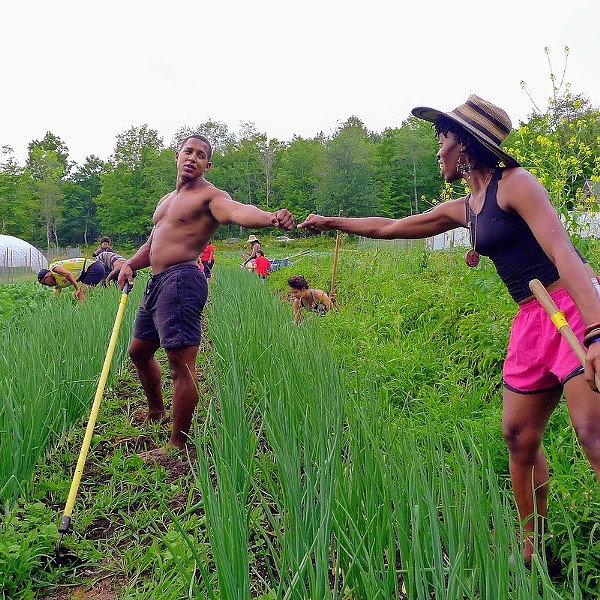The math doesn’t add up: 1 in 8 Americans don’t have enough to eat, while 40 percent of food produced in the United States goes to waste. The Environmental Protection Agency estimates that 63 million tons of food are wasted each year, more than half of which ends up in landfills, where it generates methane, a planet-heating greenhouse gas. While multinational corporations accept food waste as part of their equation, communities nationwide are resetting the scales with technology.
Here in the Hudson Valley, 1 in 10 adults and 1 in 6 children experience hunger, according to Hunger Solutions NY, a nonprofit dedicated to alleviating hunger statewide. This scarcity seems especially stark in a region known for its agriculture. But while farms line local roads, just 31 percent of food produced in the Hudson Valley is sold here. To address the confluence of barriers to food access—national and local—Hudson Valley organizations have built a network of solutions rooted in collaboration.
To help fund those solutions, Community Foundations of the Hudson Valley launched its Hudson Valley Farm Fresh Food Initiative in 2014. With funding from the NoVo Foundation, Community Foundations began making grants to connect fresh, healthy food to those experiencing hunger. The program has funded free farm stands, cold storage space (critical for keeping local produce fresh), after-school meal programs, and paid farms to provide more than two million pounds of nutritious food to the community.
In 2016, Community Foundations coordinated a daylong seminar, “Hunger in the Hudson Valley,” to explore new solutions. “We wanted to facilitate conversations and create an environment where people could be creative,” says Cristin McPeake, vice president of programs at Community Foundations. “Through previous work [via Hudson Valley Farm Fresh Food Initiative], we had seen years of collaboration and innovation amongst nonprofits and felt that if people were in a room together, broader solutions might arise. And that’s what happened.”
“Hunger in the Hudson Valley” brought together representatives from farms, feeding agencies, food processing businesses, volunteer groups, local governments, private foundations, and social services. Hosted at the Franklin Delano Roosevelt Presidential Library, the seminar included a panel discussion to report out on current initiatives, and then breakout sessions to explore future possibilities. Among those conversations, one question rose to the top: What if there was a simple way to match surplus food from farms to food pantries?
There’s an App for That
After that conversation, Community Foundations staff set out to find an app, like Uber, to equip food donors with a tool for making donations easily. They soon discovered ChowMatch, which connected food donations to food pantries through a network of volunteers. Though it was still new at the time, the app efficiently moved donations, fed neighbors, and reduced waste in its two host locations in San Francisco and Montgomery County, Maryland.
The ChowMatch app employs a simple matching algorithm to connect food donors to nearby volunteers, who then deliver the goods to a feeding agency. Matches are made based on criteria entered by participants, streamlining the availability of food with transportation and delivery services.
In 2017, Community Foundations of the Hudson Valley became the first nonprofit to license and customize ChowMatch. The nonprofit raised an initial $20,000 from private foundations and a subsequent round of $115,000 to ensure its first three years of operations. Rebranded to the region, the new app, FeedHV, includes refinements to fight waste at local farms. Farmers can track donations by pallets and bushels and allow volunteers to go directly to a farm to glean (or harvest excess) produce for donation. Bringing volunteers directly to farms helps make more donations possible, and ensures harvesting happens before food goes bad.
On its inaugural run, the app linked a donation of kale from Poughkeepsie Farm Project to volunteer driver Cristin McPeake (of Community Foundations), who delivered it to Dutchess Outreach. Each of those three organizations was part of the brainstorming session that resulted in FeedHV, and together, they set in motion a tool for moving thousands of pounds of food.
Once FeedHV was up and running, Community Foundations transferred administration of the app to the Hudson Valley Agribusiness Development Corporation (HVADC). Given HVADC’s mission to “develop and provide innovative solutions that create dynamic agricultural entrepreneurship,” they were natural stewards for the app.
“FeedHV fits with our holistic approach to food system development and investment in farms,” says Mary Ann Johnson, deputy director of HVADC. “The app provides our farmers with an option to make donations easy and places their food where it’s needed. FeedHV has helped us fulfill our programmatic goals and move closer to our vision of a viable food system.”
Since FeedHV started, HVADC reports that the app has diverted 378,487 pounds of food from the waste stream and rerouted it to the foodshed (or local food network). In total, the app has prevented 394 metric tons of carbon emissions from food waste and provided 315,706 meals to local families.
“We’re so grateful to the volunteers, donors, and agencies that make this happen,” Johnson says. “Their activity increased during the pandemic. On average, our feeding partners reported a 40 to 60 percent increase in people using their services. While the larger food system’s supply chain left empty shelves in grocery stores, we were able to deliver produce, dairy, and meats to local pantries.”
The FeedHV team at HVADC is now deepening its food preservation work by turning attention to the development of shelf-stable products. Drawing on the app’s network, staff are working to link food processing spaces with volunteers to prepare and deliver shelf-stable food to feeding agencies. This plan will expand on proven practices from collaborators such as Second Chance Foods Inc., and the UlsterCorps Farm to Food Pantry Collaborative, who glean local fruits and vegetables and transform them into soups, sauces, and cooking stocks.
The Food Supply Chain
FeedHV’s first donor, the Poughkeepsie Farm Project, grows fresh, healthy food in the city of Poughkeepsie. Since 1999, PFP has held a vision of a “community that works collaboratively to provide equitable access to nutritious food via a just and resilient food system.” Those motives prompted PFP to adopt the app, entering its first donation in 2017 and conducting regular runs since then.
“FeedHV presented a beautiful opportunity to build upon what we do,” says Jamie Levato, education director at Poughkeepsie Farm Project. “The app supports our values around sustainability in preventing food waste and providing high-quality food to folks without access.”
Beyond its participation in the FeedHV network, the Poughkeepsie Farm Project prioritizes food access and equity through initiatives centering collaboration, communications, education, and meeting people where they’re at. The program provides vegetables to 13 emergency food providers, as well as discounted and sliding scale CSA memberships.
Poughkeepsie Farm Project is one of 53 farms registered and actively donating food through FeedHV. Within the app, farms represent 35 percent—the largest segment—of donors and provide more than half of the donated food.
Restaurants and caterers, along with schools, comprise the next largest categories of donors—21 and 9 percent, respectively—donating prepared meals, proteins, and dairy. When COVID shut these institutions down in March of 2020, the HVADC team reached out to donors to facilitate rapid donations through FeedHV. Together they diverted 18,000 pounds of food that would have otherwise gone to waste.
Grocers, bakeries, and corporate cafeterias also contribute important weekly donations, allowing feeding agencies to schedule delivery services to clients on a routine basis. Weekly donations from Emmanuel’s Market in Stone Ridge provide cooked meals to Hope on a Mission, which feeds people experiencing homelessness in Poughkeepsie.
The final stop in the FeedHV match process is delivery to feeding agencies. Within the app, 105 receiving organizations distribute food to those who need it.
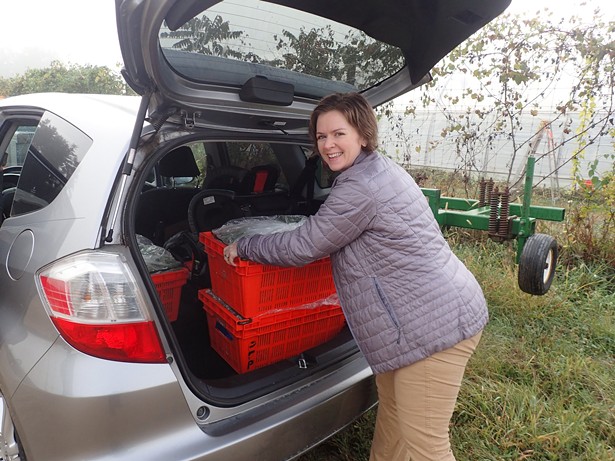
The first feeding program to receive a donation through the app was Dutchess Outreach, a nonprofit that provides food access and emergency relief programs and services in the county. It has been a standing partner ever since. “Lots of people who come to Dutchess Outreach for support have jobs and cars, but simply need a bit extra to get by,” says Sarah Salem, director of development and strategic initiatives at Dutchess Outreach and the chair of the Poughkeepsie Common Council.
In 2020, Dutchess Outreach experienced an increased demand for food. They provided an average of 600 meals per day in groceries and 300 prepared meals per day in their Lunch Box hot meal program. “One woman who was initially reluctant to visit us during the pandemic shared that she was awed by the local meat and produce options we provide,” Salem says. “Her feedback is a reminder that it’s not about numbers, but about how our work makes people feel.”
Scalable Solutions to Systemic Failures
While FeedHV has helped to mitigate food waste and added healthy, local food to the region’s foodshed, it has not uprooted the deep inequities of hunger. But as in 2016, the network behind the app has brought food-focused organizations together to continue innovating toward solutions.
As an early adopter of FeedHV, Salem saw the benefits of a regional food network, as well as the need for deeper solutions to barriers of access and cost. Working with Community Foundations and other community stakeholders, they cofounded the Hudson Valley Food System Coalition. A solutions-oriented think tank, the Coalition seeks to coordinate how food moves, what is produced, and for whom, on a regional scale. It’s a hub for sharing resources, workshopping ideas, and exploring larger solutions. Its membership includes 100 participating organizations, working within five interest-focused groups.
Salem invites participants to center “lived experiences and voices of those historically marginalized or kept from access when discussing solutions.” This approach resonated with the CUNY Urban Food Policy Institute, the newest partner to engage with the Coalition. The Food Policy Institute researches and “provides evidence to inform municipal policies that promote equitable access to healthy, affordable food.”
Indeed, scalable solutions to the systemic failures in our food system are gaining traction. New York State will implement its Food Donation and Scraps Recycling Law in January 2022. Like FeedHV, the overarching goal of the policy is to provide food to those who need it, and to prevent food from decomposing into methane in landfills. The law will require large-scale food producers to donate edible, excess food and recycle remaining scraps at nearby organics facilities.
In the five years since the idea of FeedHV was proposed, the app and its network have grown through a global crisis. Its efforts have helped make the Hudson Valley food system more efficient and just, while exposing new opportunities to improve food security.
Such conversations are increasingly timely as the pandemic continues to shape life and economics in the region. While local agencies saw an increased demand for food, COVID pushed more people into food insecurity at home and abroad. And while the benefits of federal funding kept food insecurity from growing overall, not all outcomes were equal. Disparities in reporting trends reveal the inequities of a food system that builds waste and hunger into its equation. Though a single solution won’t wrest the grip of these challenges, FeedHV puts the power to make a difference in-hand.







